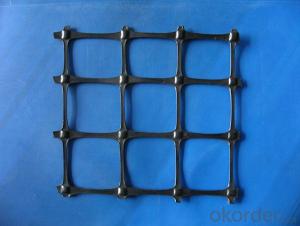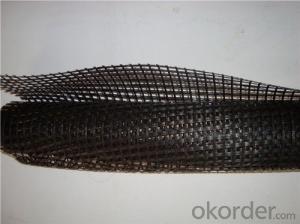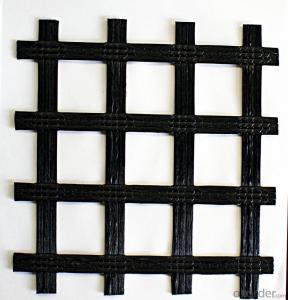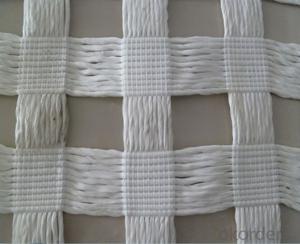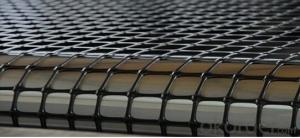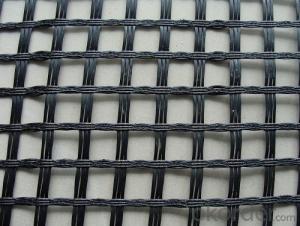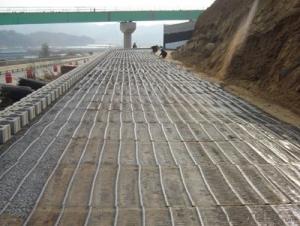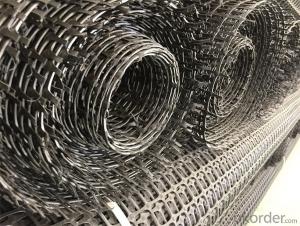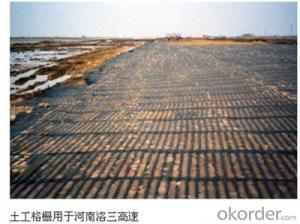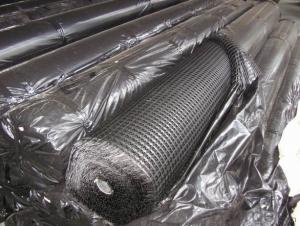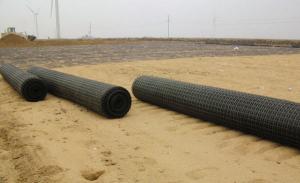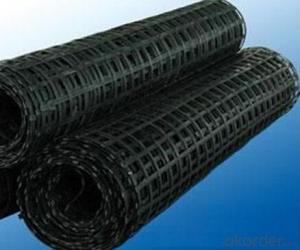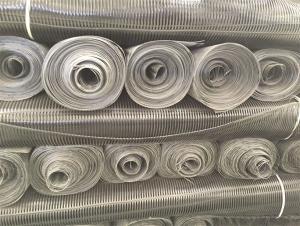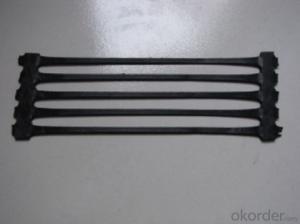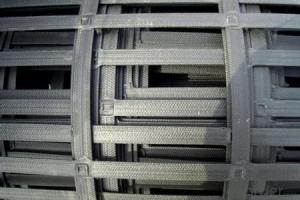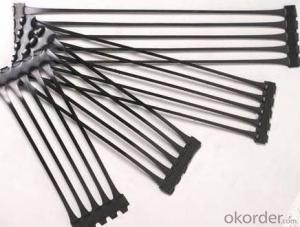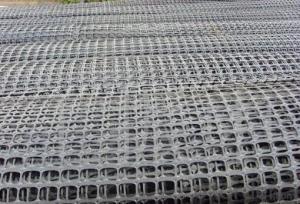Triaxial Geogrid
Triaxial Geogrid Related Searches
Fridge With Freezer On Bottom Driveway Pillars With Lights Blu Ray Player With Recorder Blu Ray Player With Internet Geogrid In Retaining Walls 1708 Biaxial Fiberglass Tape Pullout Resistance Of Geogrid Geogrid Warp Knitting Machine Srw 3 Series Geogrid Biaxial Plastic GeogridHot Searches
Fiberglass Scaffolding For Sale Fiberglass Panels For Sale Fiberglass Greenhouses For Sale Geogrid Fabric For Sale Gas Powered Core Aerator For Sale Revolution 4 Propeller For Sale Alabaster Carving Stone For Sale Geogrid For Sale Near Me Tensar Geogrid For Sale Geogrid For Sale Ex Display Log Cabins For Sale Photoelectric Cells For Sale Athletic Lockers For Sale Cubicle Partitions For Sale Stearman Propeller For Sale Palram Greenhouses For Sale Gumbo Bowls For Sale Suzuki Propellers For Sale Freight Crates For Sale Outhouse Sheds For SaleTriaxial Geogrid Supplier & Manufacturer from China
Okorder.com is a professional Triaxial Geogrid supplier & manufacturer, offers integrated one-stop services including real-time quoting and online cargo tracking. We are funded by CNBM Group, a Fortune 500 enterprise and the largest Triaxial Geogrid firm in China.Hot Products
FAQ
- Yes, geogrids can be used in landfill construction. Geogrids are commonly used as reinforcement materials in the construction of landfills to provide stability and prevent soil erosion. They help to distribute the load of the waste and improve the overall performance and longevity of the landfill structure.
- What is the use of glass fiber grille paving asphalt road
- Silicon oxide is an inorganic material, its physical and chemical properties are very stable, and has the advantages of high strength, high modulus, high wear resistance and excellent cold resistance, no long-term creep
- Yes, geogrids can be used in coastal protection. Geogrids are commonly used in various coastal protection measures such as shoreline stabilization, erosion control, and sea defense structures. They provide reinforcement and stability to coastal soil and structures while allowing for proper drainage and vegetation growth. Geogrids help to prevent erosion and mitigate the impacts of waves, tides, and storm surges, making them an effective solution for coastal protection.
- There are several factors that can affect the cost-effectiveness of geogrid-reinforced structures. Firstly, the type and quality of the geogrid material used can significantly impact the overall cost. Higher-quality geogrids may initially be more expensive but offer better long-term performance, potentially reducing maintenance and repair costs over time. Additionally, the design and engineering of the structure play a crucial role. Properly designed geogrid-reinforced structures can optimize material usage and minimize construction costs. The expertise and experience of the engineers and contractors involved also contribute to the cost-effectiveness, as their knowledge can help avoid unnecessary expenses and ensure efficient construction. The specific site conditions, such as soil characteristics and slope stability, are also important factors. Geogrids are typically used to enhance soil stability, so the suitability of the soil for reinforcement and the extent of reinforcement required can impact costs. Difficult terrain, challenging access, or the need for additional site preparation can also increase costs. Lastly, the lifespan and durability of geogrid-reinforced structures should be considered. While geogrids are designed to be long-lasting, factors like environmental conditions, loading requirements, and proper installation can affect their performance. Investing in high-quality materials and proper installation methods may initially increase costs but can result in longer service life and reduced maintenance expenses in the long run.
- Bidirectional geogrid 5 meters long side, short side of the 3 meters
- Including plastic grille, fiberglass grille, steel grille, polyester grille, etc..
- The factors that affect the cost-effectiveness of geogrids include the quality and strength of the geogrid material, the size and complexity of the project, the type of soil being reinforced, the installation method, and the long-term performance and durability of the geogrid. Additionally, factors such as transportation and logistics costs, project timeline, and the availability of alternative solutions can also influence the overall cost-effectiveness of geogrids.
- Yes, geogrids can be used in landfill applications. They are commonly used to reinforce and stabilize the soil in landfills, preventing erosion and providing structural support. Geogrids can help improve the overall performance and lifespan of the landfill by enhancing stability and reducing settlement.
- How to distinguish the vertical and horizontal geogrid
- Because the normal use of the vertical and horizontal is the same











